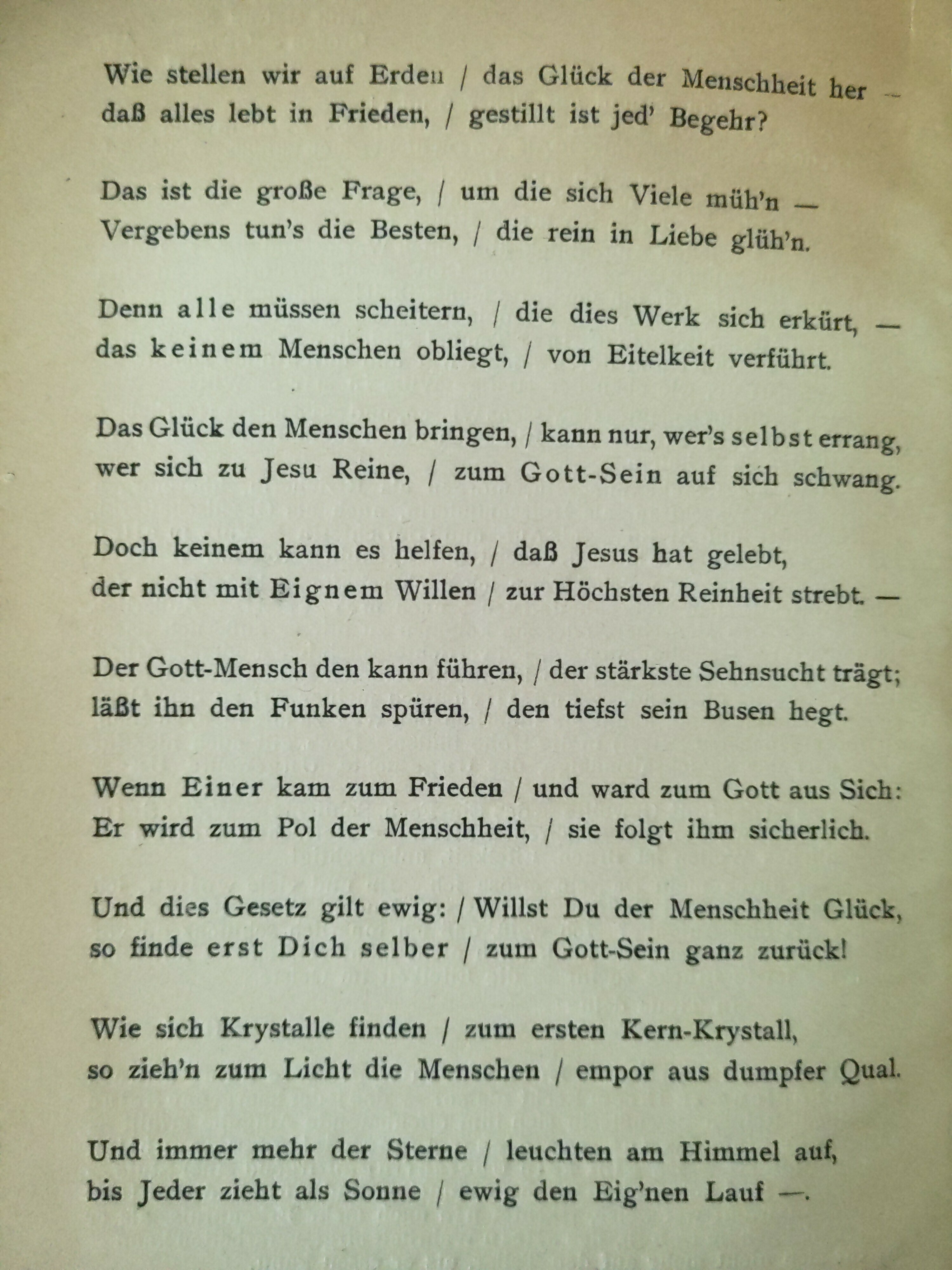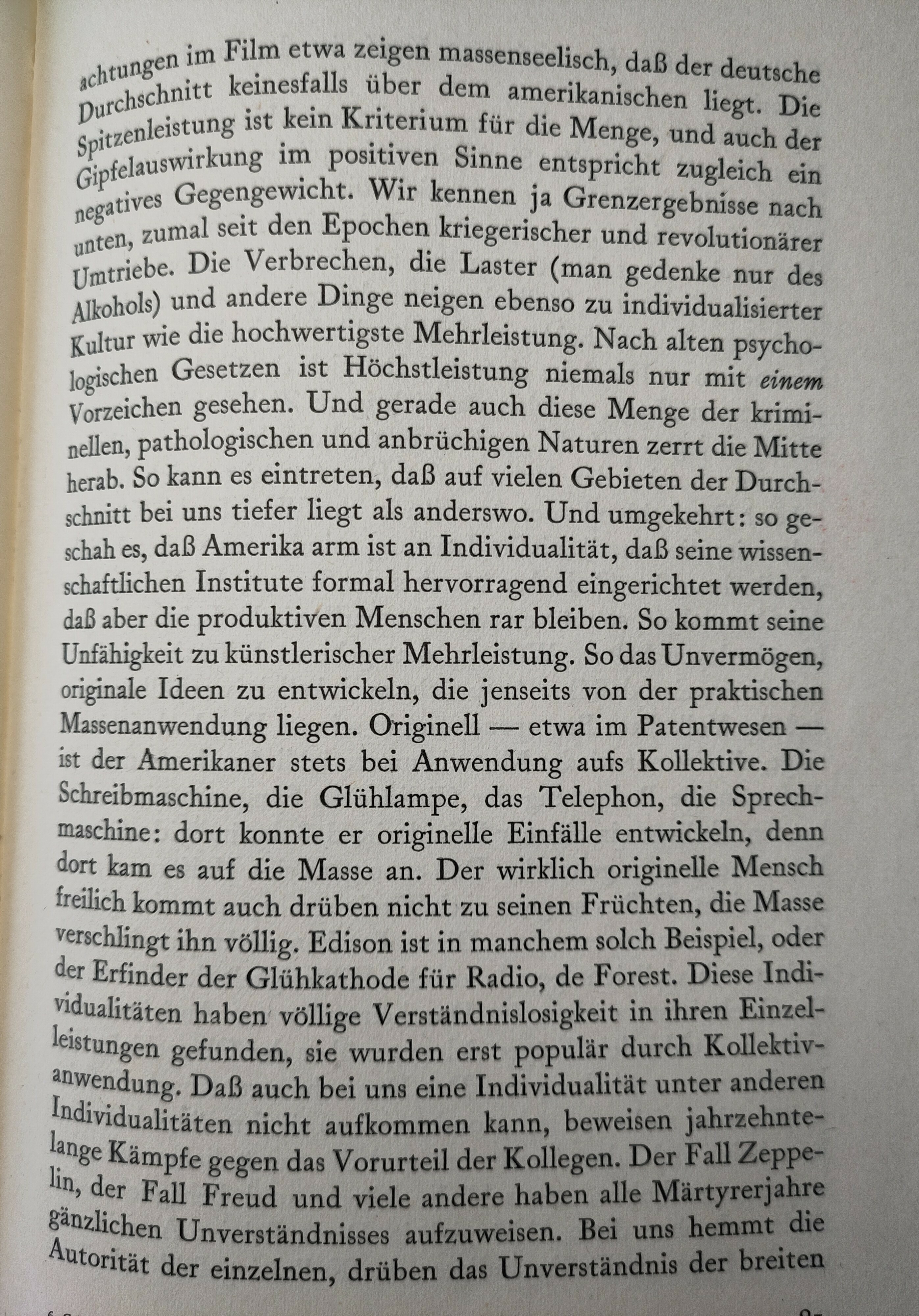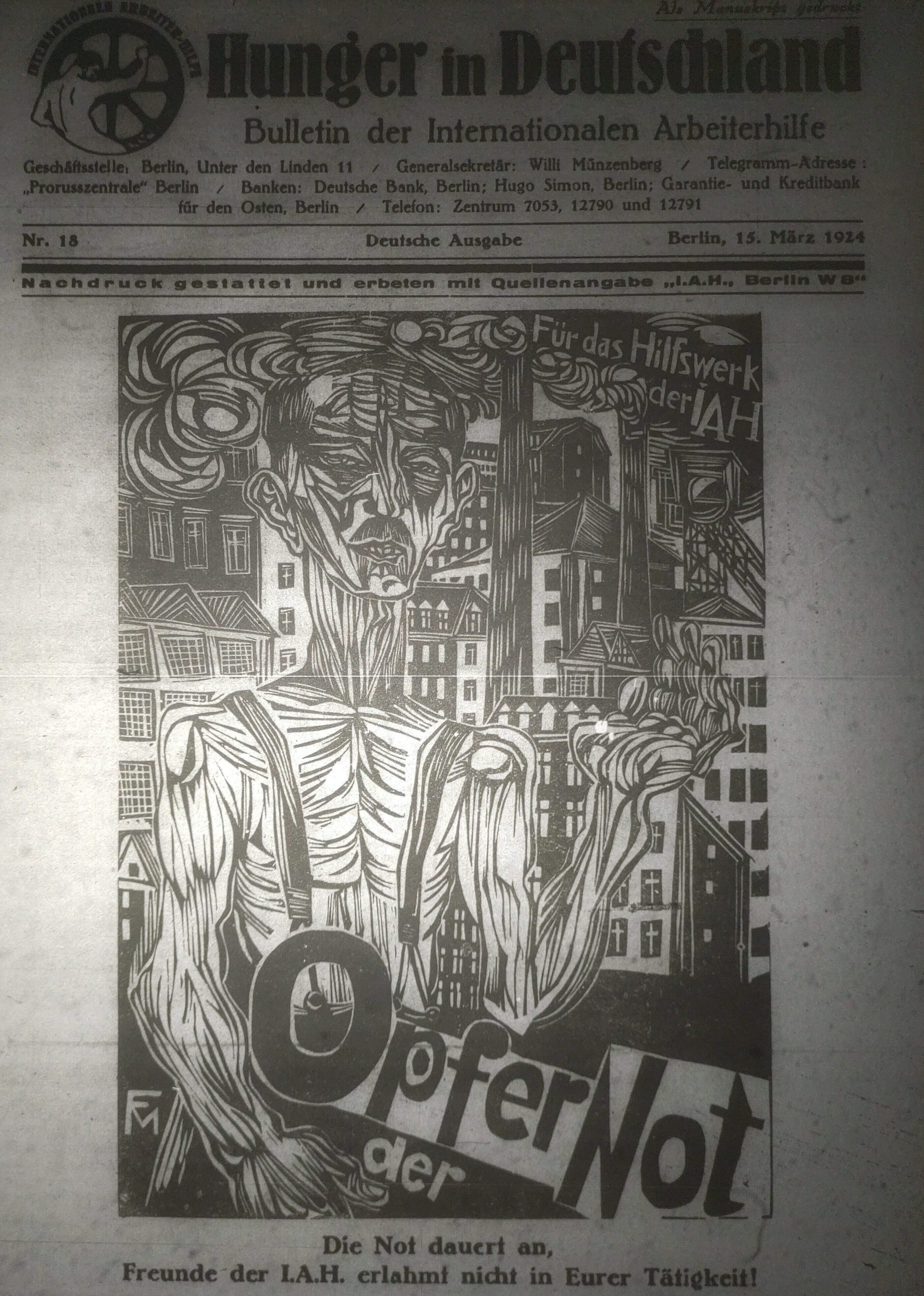9 Likes
#1920s
Ah, yes of course. Harry Houdini.
I'm (ahem) familiar.
Whenever someone presses me on belief in spiritualism, I often reply that I channel Houdini. Those of you who know better, feel free to chuckle at that.
♲ BoingBoing Bot - 2024-03-16 18:01:17 GMT
The ghost-busting duo: Harry Houdini and Rose Mackenberg's crusade against fake psychics and spiritualists https://boingboing.net/2024/03/16/the-ghost-busting-duo-harry-houdini-and-rose-mackenbergs-crusade-against-fake-psychics-and-spiritualists.html #boingboing #1920s #Frauds #houdini #psychics #seance
5 Likes
1 Shares
6 Likes
1 Comments
“It Was the Most Violent Thing I’ve Ever Seen”
And then he was scheduled for execution by lethal injection in 2022, and the lethal injection failed. It adds these layers of complication to his story.
He compared that botched execution to being under a sewing machine.
Because they were looking for a vein with a needle
They were looking for a vein and just consistently being poked and cut. Kenny’s story represents all of the things that are wrong with not just the death penalty but the criminal justice system in Alabama. Everybody called this execution an experiment, but in a lot of ways, the criminal justice system down there itself is an experiment. And it’s no mistake that Kenny embarrassed the state by surviving, and he was the first person executed by nitrogen hypoxia. They were going to figure out a way to kill him no matter what.
[I]t looks like someone, like you said, has a bag over their head, and they’re suffocating to death. But an even better comparison is it looks like someone puts their hands around your neck and chokes you out with their bare hands, because that’s what the resistance looks like. I’ve said that it looked like a fish out of water, just on a dock, suffocating to death. But now I’m beginning to think it’s even more violent than that. It feels like it’s someone putting their hands around someone’s neck and choking them out. That’s how he moved, as if someone was physically killing him with their bare hands.
[Y]ou can’t be a part of that and walk out clean. The greatest evil of the death penalty is that it makes us all murderers.
#Slate #Jurisdiction #Justice #DeathPenalty
#Literature #1920s #Dreiser
3 Likes
3 Comments
3 Likes
3 Comments
1 Shares
9 Likes
3 Comments
8 Likes
3 Comments
2 Shares
2 Likes
4 Likes
1 Comments
1 Shares


Ich habe einen Stern am Dichter:innenhimmel entdeckt!
Helene Neuber - zu Unrecht vergessen.
O hocheitles Streben,
Durchglühtes Bemühn,
Großbuchstäblich kühn,
Gott-Menschlich verwegen!
Ich kann mich nur verneigen.
7 Likes
1 Comments
4 Likes
2 Comments




Fritz Giese war ein wirklich begnadeter Schwurbler und intellektueller Blender. Hier ein paar Absätze aus seinem Opus "Girlkultur" von #1925. Das Genre nennt sich vermutlich #Kulturphilosophie, oder wenigstens hätte er sich wohl gefreut, hätte man es dort einsortiert. In seiner Technik ist es erstaunlich modern, aber auch ein Platz an Adenauers Kabinettstisch hätte man sich für ihn vorstellen können. Er verstarb leider recht früh.
2 Likes
2 Comments

A 1920s cartoon about mobile phones.
#telephones #phone #mobilephones #history #1920s #technology #cartoons
2 Likes
1 Shares
10 Likes
1 Shares
Was haben wir heute gelernt?
im Sommer #1924 kostete ein Paar Damenstiefel (genäht, Schnürstiefel) 12,- RM, ein Paar Herrenstiefel 13,- RM. Neu Besohlen (genagelt, inkl. Absätze) kostete 5,25 RM.
1 kg Roggenbrot gab es für 28 Pfennig, ein Kilo Weißbrot für 40, ein Kilo Kartoffeln für neun. Ein Kilo Reis kostete 48 Pfennig, ein Kilo Zucker 84. Ein Ei gab es für 15 Pf, einen Liter Vollmilch für 32.
Man gab etwa 25% seines Einkommens für Miete aus (ink. Möbelabnutzung und -Neukauf, Heizmaterial und Beleuchtung). Die Miete einer Wohnung aus 2 Zimmern und Küche lag bei etwa 26 RM, zzgl. Beleuchtung und Brennstoff. Ein Zentner Braunkohlenbriketts kostete 1,49 RM, den Zentner Steinkohle gab es für 2,28 RM.
Die Erwerbslosenunterstützung lag in den Innenstadtbezirken von Berlin bei 76 Pfennig pro Tag, für eine Ehefrau gab es 12 Pfennig dazu, für jedes Kind weitere 17. In den äußeren Bezirken gab es weniger.
7 Likes
3 Comments
[
Marion Harris-After You’ve Gone](http://https://youtu.be/VW33oH_EkW4)
I once went to a 1920’s event in #Gothenburg , full tailcoat. A place called #TipTheVelvet .
As i got ready i listened to a favorite song , recorded 1918. 😊🕺🎶
#MarionHarris #Jazz #Blues #1900s #1920s
2 Likes
1 Shares
4 Likes
2 Comments
17 Likes













